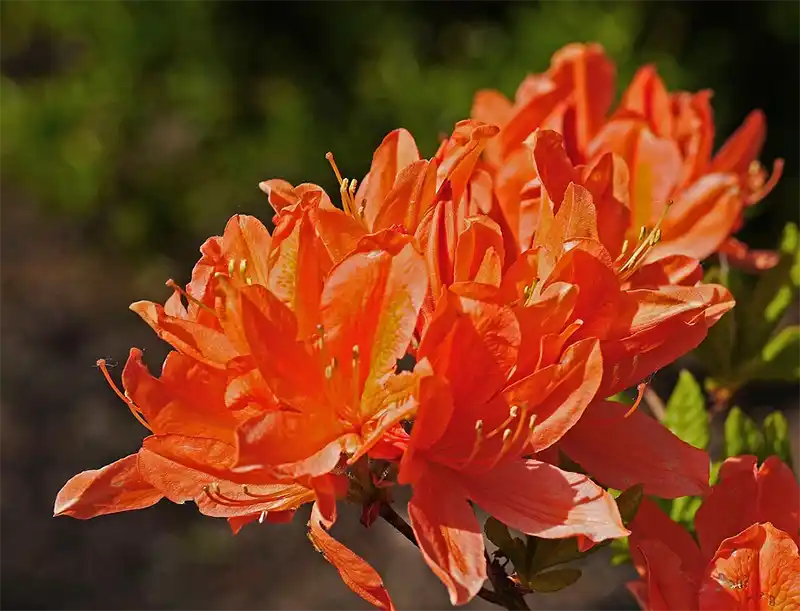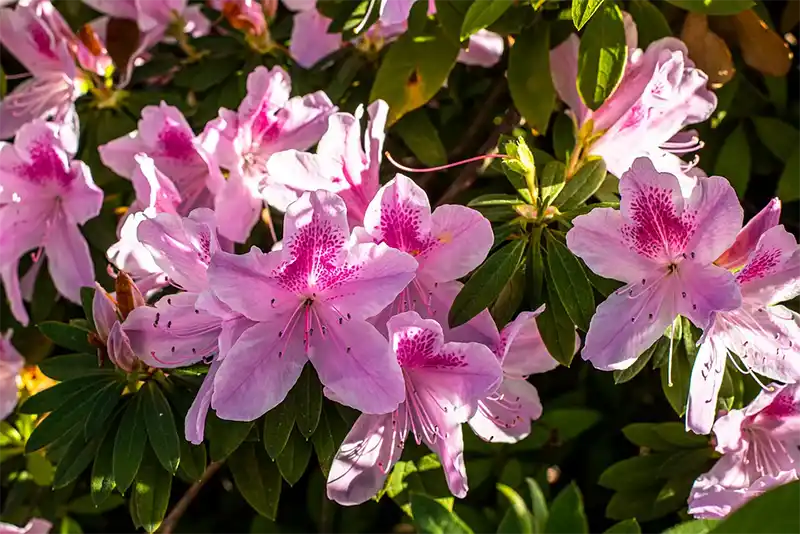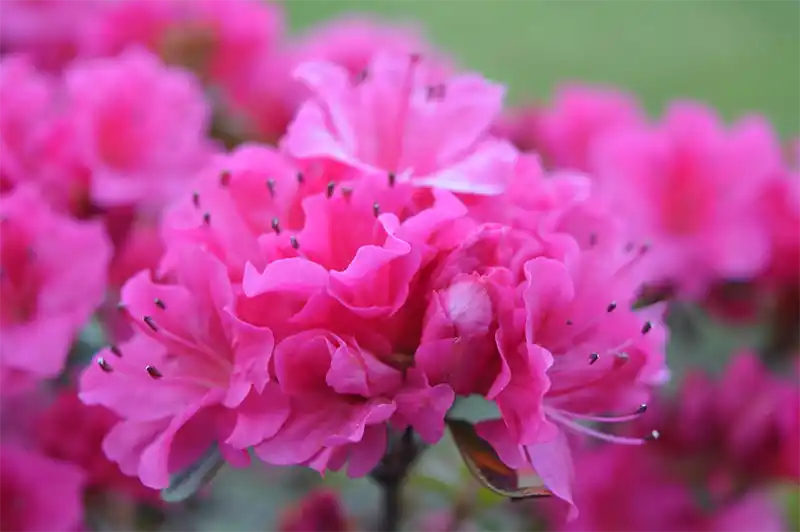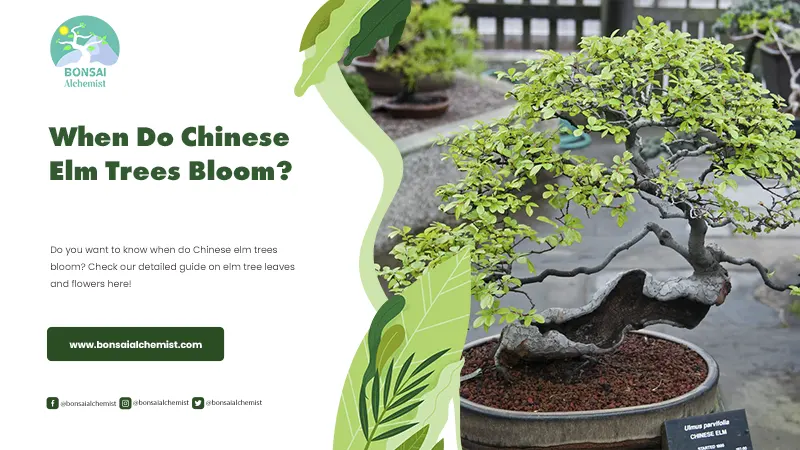How Do You Increase Azalea Growth Rate?
Owning one of these bonsai trees is a beautiful experience, but you may need to practice patience with some of the species. While they may grow quickly in the wild, they tend to slow down when in pots and in miniature form. In this article, we’ll show you how to increase the Azalea growth rate while maintaining it properly.
Here are the topics We’ll cover:
Here are the topics We’ll cover:
Are Azaleas Slow Growing?
The first aspect you need to understand about Azaleas is that there are numerous species you can grow. Also, they form part of the same genus as Rhododendrons, which is why many people call them by the same name. Most deciduous Azaleas grow slowly, especially if they don’t have ideal conditions.
For the most part, they love a pH level that’s more acidic than alkaline. If you have the latter in your bonsai post, expect a slow Azalea growth rate. Your tree will still develop and survive in this condition, but the leaves will take longer to form, and you may not see any flowers.
Another aspect you need to consider is the age of the tree. The growth rate is faster for younger Azaleas than more mature ones. They may spring new leaves and flowers quickly from ages two to three but then slow down then they hit fives years, and then again at ten.
Of course, the development of any bonsai relies on the correct conditions. We’ll show you how you can increase it simply by providing what it needs the most.
Are Evergreen Azaleas Fast Growing?
When it comes to evergreen Azalea species, some of them have a much faster growth rate. What you also need to understand is that they don’t go through a period of dormancy or drop leaves like the deciduous types, so the foliage will remain and become stronger got the next season. You’ll see the evergreen’s height become substantially larger in the same amount of time.
There are also cultivars and hybrids that grow incredibly fast, such as the kurume dwarf Azaleas. Southern Indian species have the quickest rates, but they’ll only develop up to about six feet. These are ideal for bonsais if you want to develop a cutting into a small bonsai in a short time.
How Fast Do Azaleas Grow In A Year?
With the previous sections in mind, it can be challenging to give you an amount for the Azalea growth rate per year. In general, the average ones develop at about 12 inches per year, which shows you just how long they take. The faster species can go up to about 18 inches per year, maybe more, depending on the conditions.
How Do You Increase Azalea Growth Rate?
Now that you have a better idea of the Azalea growth rate, we’re going to show you how you can increase it. For the most part, it means supplying the ideal conditions for your bonsai, but we’ll show you some other tricks you can try.
Soil
The type of soil you provide will impact how well the Azalea grows. It doesn’t like clay, alkaline, or pure sand at all, and it may struggle to develop healthy roots. You can add peat, chopped leaves, compost, or ground bark to a standard soil mix, and that should help it improve.
pH Level
Azalea bonsais prefer acidic levels, so anything about 6.0 pH will slow down the growth rate tremendously. If you find that the soil is more alkaline, you can add organic fertilizer that makes it more acidic. Some examples include coffee grounds, Epsom salts, and banana peels.
Nutrients
Any bonsai tree needs the right nutrients and minerals to grow effectively. You just need to know what that specific species loves. When it comes to the Azaleas, you should aim for a more balanced approach in the NPK (nitrogen, phosphorous, potassium) values.
If you want more leaves to develop, you can increase the nitrogen levels, while potassium assists with flower and seed production. Phosphorous aids in cell and branch development, so you can see why we say you should balance these three macronutrients. The micronutrients you should aim for are calcium, magnesium, and sulfur.
Sunlight
Deciduous and evergreen Azaleas love full sun throughout spring and summer. If possible, you should place them outside for the best growth rate. If you leave them indoors, ensure they get at least six hours of natural light in the morning before the afternoon hits with heat.
Watering
When it’s hot during the warm seasons, you’ll need to water more regularly than usual. For the most part, Azaleas love having the soil bathed in a tub for an hour before letting them dry for a few days. You should wait until you feel there’s no moisture left before you apply any more liquid to avoid root rot.
Mulching
Mulching doesn’t only help insulate the soil and prevent it from drying too quickly. When you add the right materials, it adds to the nutrients and well-being. For instance, pine barks are an effective way of increasing the pH level more naturally than adding chemicals.
Maintenance
We know the objective is to get your Azalea growth rate to increase, so tell you to trim the branches may sound wrong. However, as the stems grow, they slow down the more they extend. It helps if you prune during spring when there is vigorous growth to encourage more foliage and better ramifications.
Final Words
Even though Azaleas have a slow growth rate, there are some ways you can speed things along. While it won’t be a monumental shift, it certainly aids in your tree developing a bit faster. Remember, the older it is, the slower the progress will be.







